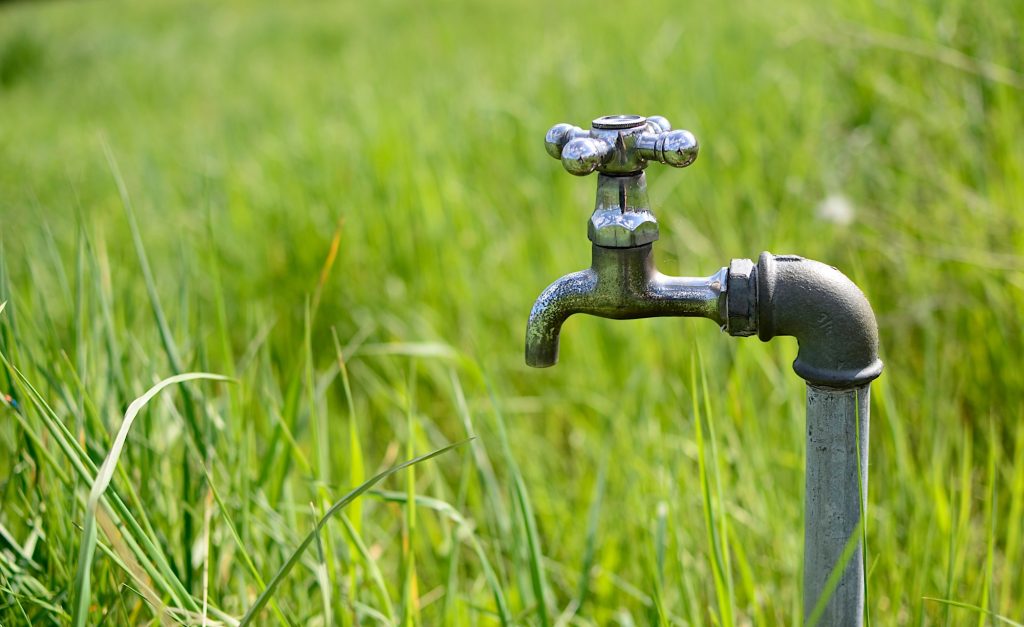Plumber’s Putty: A Guide on How to Use It and Common Mistakes to Avoid
Would you like to ensure that your drains are leak-proof?
Many homeowners are unaware of water plumber’s putty is because it’s primarily used by plumbers, hence its name. This putty is used for a variety of things involving drains, pipes, etc.
When installing new water systems into your home, you’ll benefit from using plumber’s putty to avoid any leaks from occurring. This putty can also be used to prevent cracks from developing due to water pressure.
Read on to learn about how to use plumber’s putty and some common mistakes to avoid.
What Is Plumber’s Putty?
Plumber’s putty is a substance used by most plumbers to make watertight seals around plumbing parts. Things like faucets and drains require a seal to prevent water from leaking as they’re running.
Plumber’s Putty vs Silicone
Silicone is a type of rubbery caulk that’s used to seal cracks. When choosing between caulk and putty, it’s important to decide what you want to do. If you’re looking to prevent leaks, go for putty. If you want to fix a crack, go with caulk.
How to Use Plumber’s Putty
When you’ve decided that you need to equip your plumbing fixtures with plumber’s putty, you’ll need to do it properly. Using plumber’s putty may seem like a simple process, but there are several steps to go through to avoid ruining your plumbing system:
Clean the Surfaces
When working with plumber putty for the first time, many people forget to clean the area that they’ll be using it on. When applying the putty to things like pipes, you’ll need to clean them to prevent gaps between them and the putty.
You can use sandpaper to clean the outside and inside of the pipe. Getting rid of the rough surface will ensure that the putty is applied smoothly without room for a leak. You’ll also stop dirt and dust from getting into the pipes.
Apply Heat to the Putty
Like many plumbing substances, plumber’s putty needs to be heated to become softer and easy to manipulate. When the putty is too hard, it will be impossible to apply to anything.
You can heat the putty by placing your hands next to a warm heater or radiator, then rubbing the putty in your hands. You can also use something like a blow dryer to heat it, but be careful that you don’t place it too close.
Shape the Putty
After you heat the putty, you can start forming it into the required shapes for your job. In most cases, you’ll make a snake-like shape that allows you to wrap it around pipes.
Your putty should have a smooth and soft texture so that you don’t leave any gaps of air within it and it can easily stick.
Apply the Putty
When the putty is shaped, you can start applying it to the pipes that you’re working on. You’ll want to create a seal along the circumference of the outside of the pipe, ensuring that it’s tight and doesn’t have any gaps.
While plumber’s putty can prevent water from leaking, it should not be used as a means to seal joints between pipes. If you’re looking to seal joints, consider getting Teflon tape or cement for your pipes.
Get Rid of Excess Putty
After applying the putty, you need to remove any excess putty that’s in the place of application. If you leave excess putty, it’ll be harder to remove later on, potentially damaging the plumbing work.
Let the Putty Dry
The putty needs to dry after it’s been applied. If the water starts running through the pipes that the putty is attached to, the putty can get washed off. Be sure to turn the water off and check on the putty every few hours until it hardens.
Common Mistakes to Avoid
There are a couple of common mistakes that people make when they start using plumber’s putty. While it may seem like a miracle material, it can’t be used in several situations that homeowners think it can.
You can save yourself from damaging any fixtures by avoiding these two common mistakes:
Using Putty to Seal Plastic Pipes
Plumber’s putty should never be used to seal joints between two plastic pipes because it can break down the plastic. Depending on what pipes are being sealed, warm water may cause the putty to soften and fall off.
Using Putty on Porous Surfaces
Putty also shouldn’t be used on porous surfaces like granite because it will stain them. You can remove plumber’s putty from granite, but it will be difficult if you buy the incorrect putty because other putties can ooze into the pores.
Start Using Plumber’s Putty Today
If you’ve recently moved into a new home or have installed new sinks, toilets, or other plumbing fixtures, you need to ensure that they will not leak. By using plumber’s putty, you can prevent any long term damage from happening.
Things like mold can start to grow when water is sitting in a place for too long. When plumber’s putty is placed on pipes that carry water, it will prevent the pipe from leaking water onto the surface.
Start using plumber’s putty if you’re not already. You will save yourself the hassle of having to replace any flooring or pipes, and you can prevent mold and bacteria from growing within your home.
Feel free to browse our DIY section to read more helpful articles about things you can do in your home.





